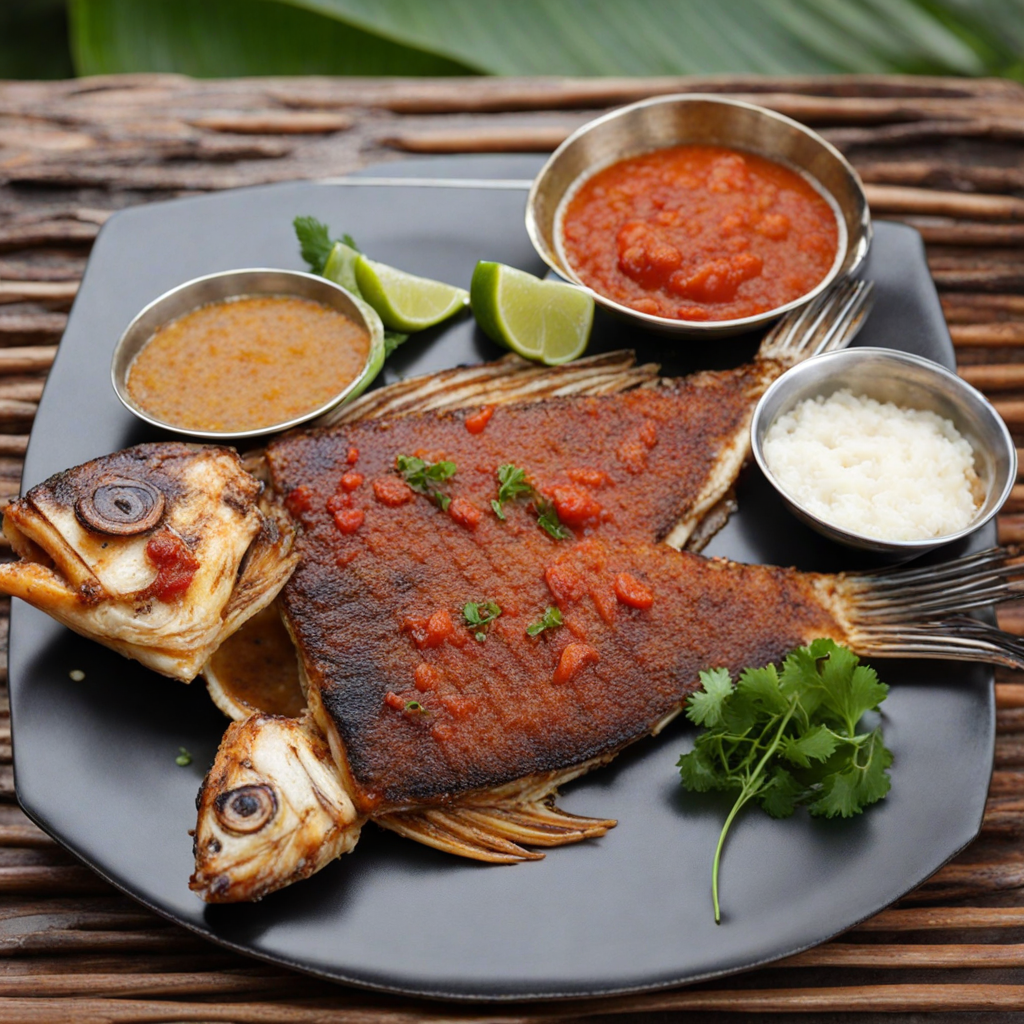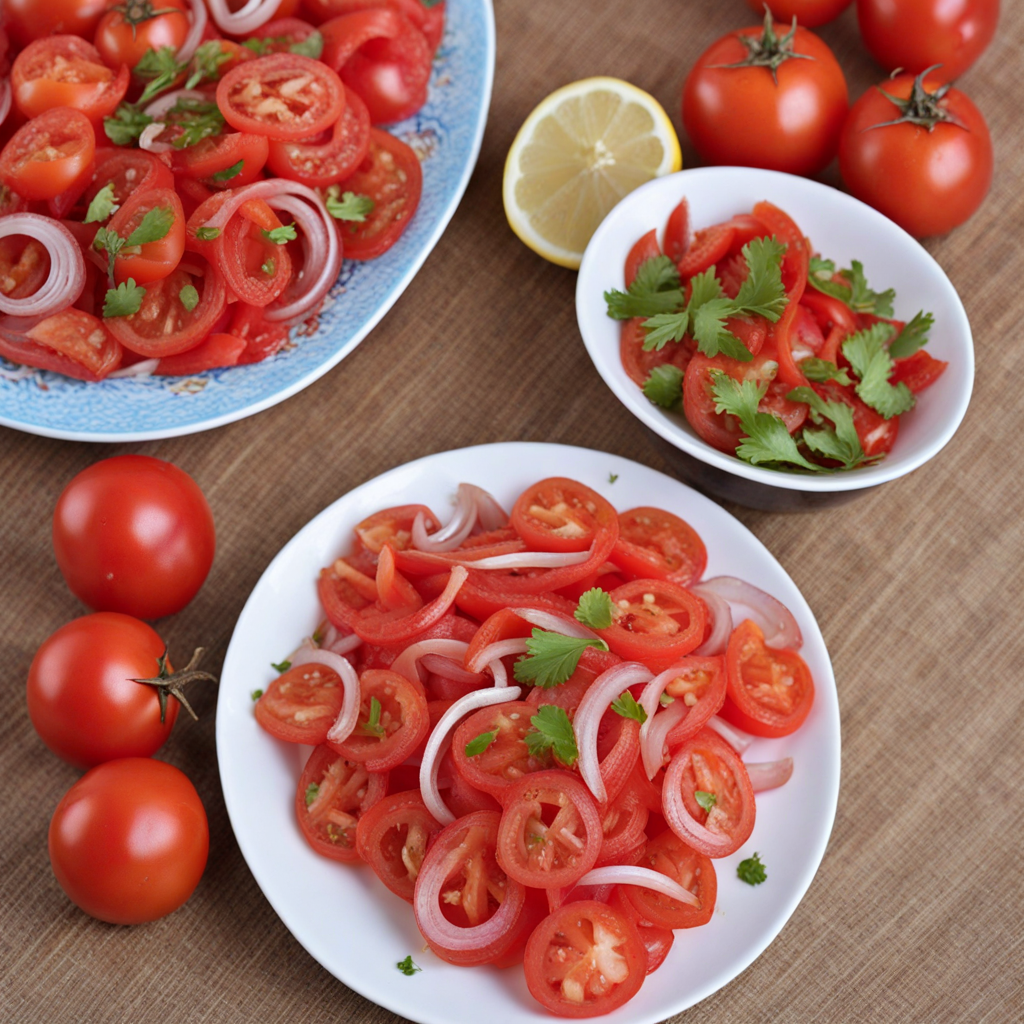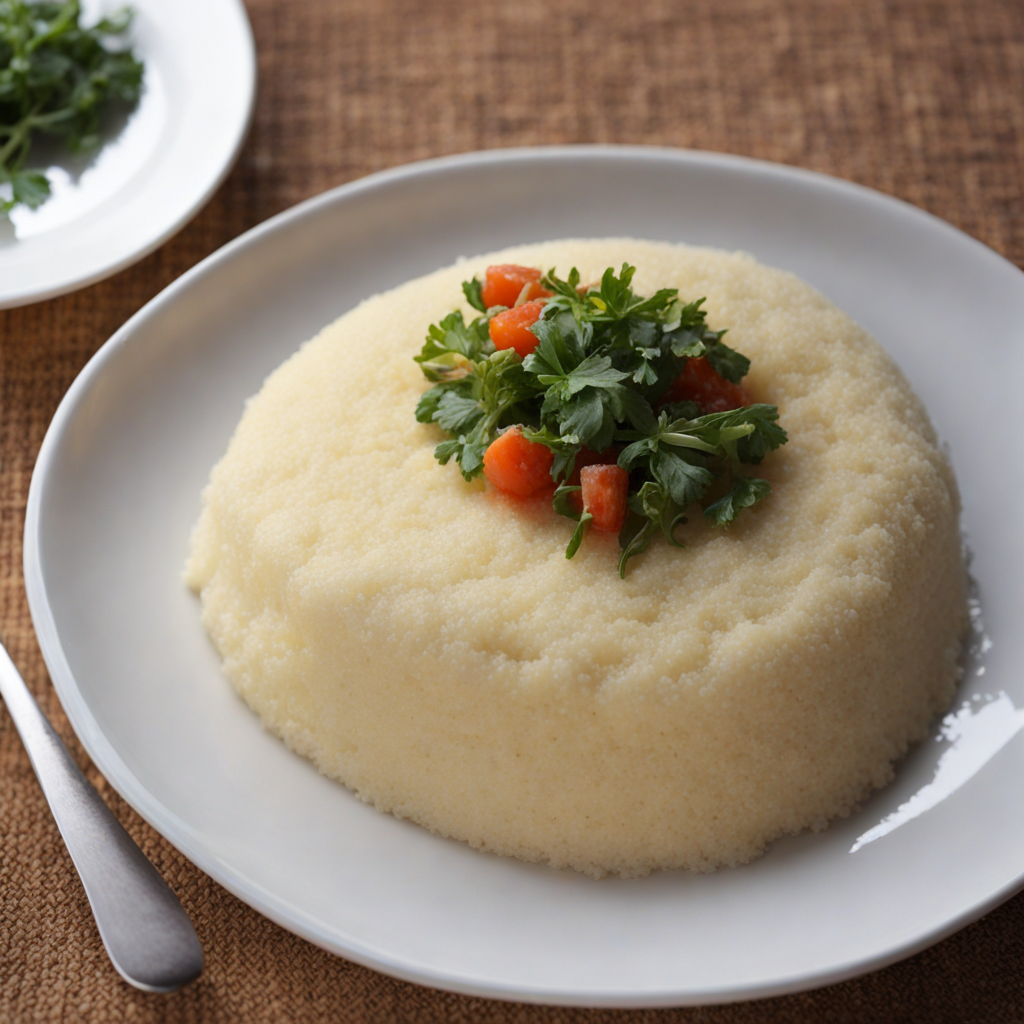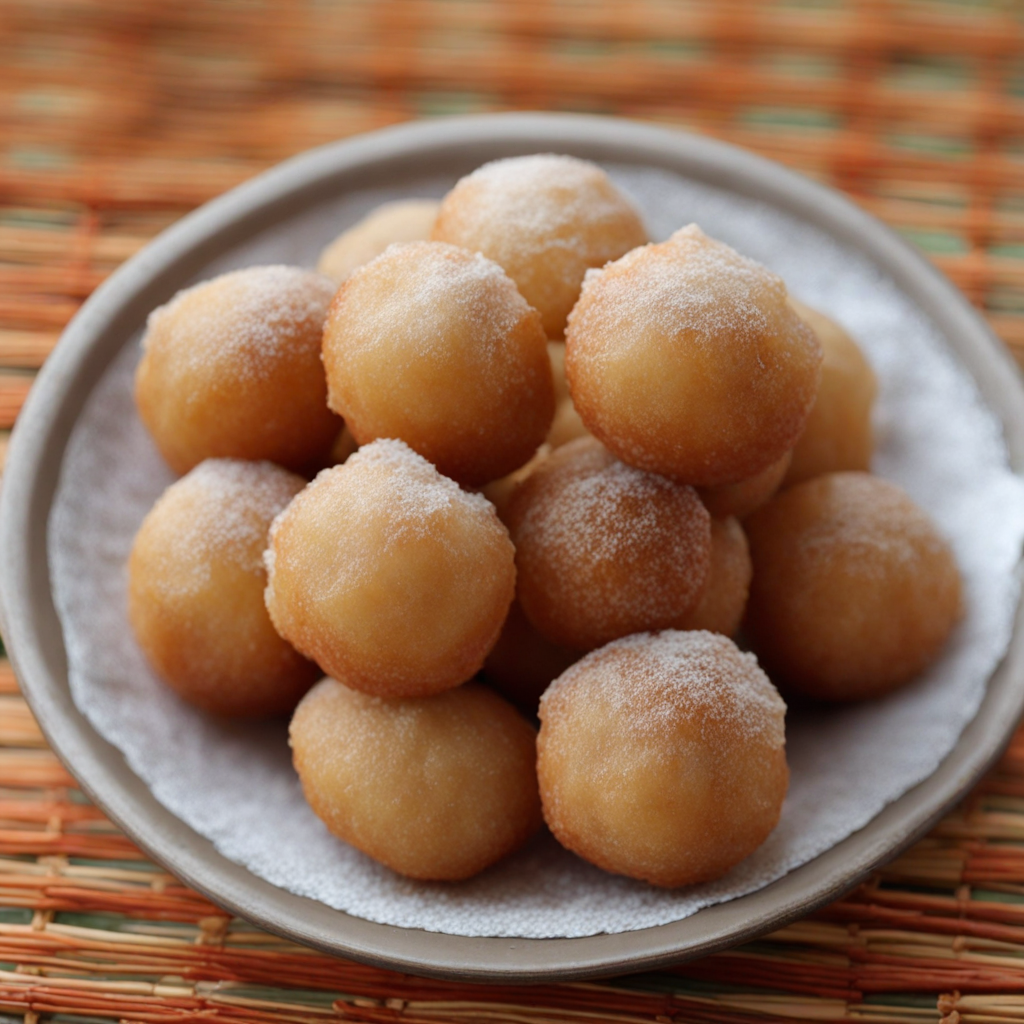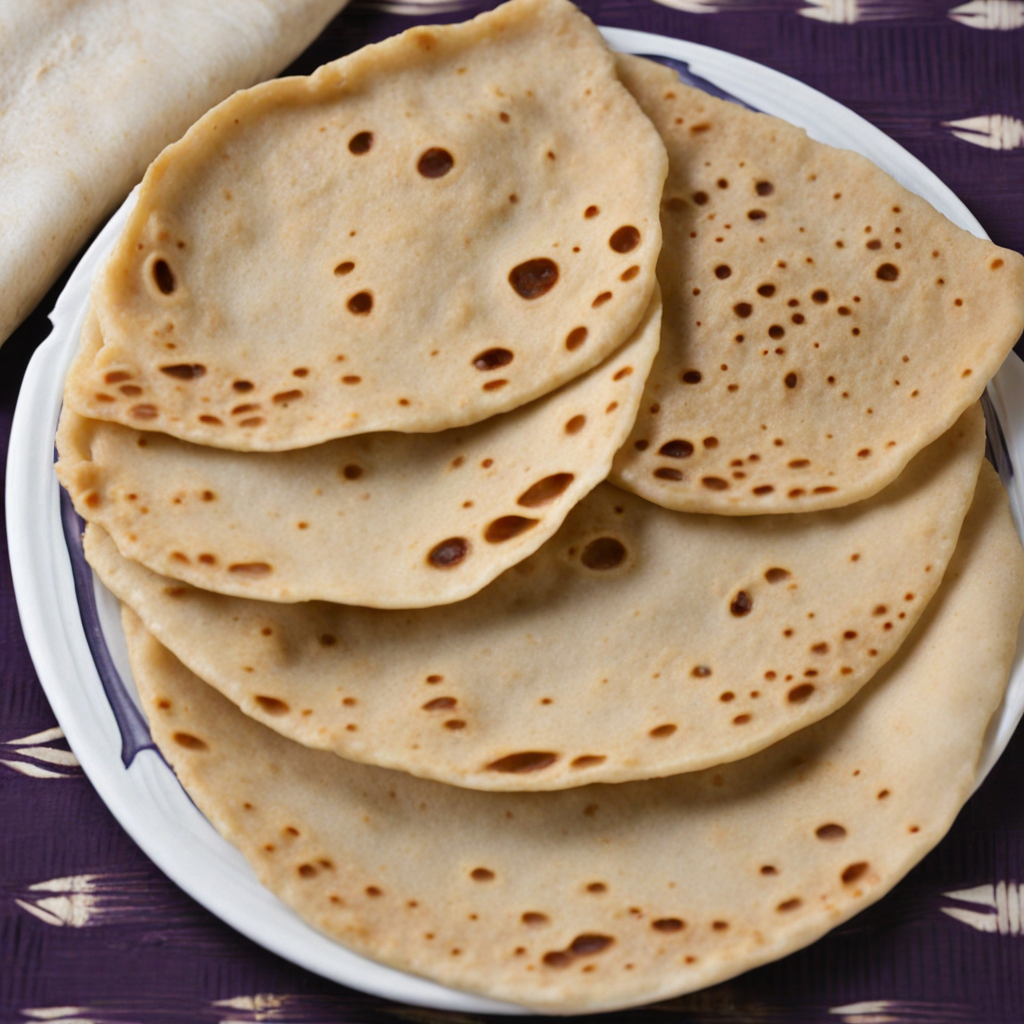Samaki wa Kupaka
Samaki wa Kupaka is a delightful Tanzanian dish that showcases the rich flavors of the coastal region. This dish features grilled fish, traditionally made with a whole fish, marinated in a luscious coconut milk sauce that is infused with aromatic spices. The name 'Kupaka' translates to 'to smear' or 'to coat,' which perfectly describes the method of preparing the fish, as it is generously coated with the creamy sauce before grilling. The fish is typically seasoned with a blend of spices such as ginger, garlic, and chili, adding a tantalizing depth to each bite. The combination of the smoky grilled flavor and the smooth, coconut-infused sauce creates a unique and memorable taste experience. The coconut sauce used in Samaki wa Kupaka is a highlight of the dish, as it provides a velvety texture and a hint of sweetness that balances the savory elements. Made from freshly extracted coconut milk, it is often enriched with tomatoes, onions, and a splash of lime juice to elevate the flavor profile. The result is a harmonious blend of tastes and aromas that beautifully complements the tender, flaky fish. Whether served with a side of rice, ugali, or fresh vegetables, the dish is not only visually appealing but also a feast for the senses. Samaki wa Kupaka is more than just a meal; it embodies the essence of Tanzanian coastal cuisine, where fresh ingredients and bold flavors shine. This dish is often enjoyed during special occasions or gatherings, bringing people together to share in its deliciousness. For those seeking to explore new culinary horizons, Samaki wa Kupaka offers a taste of Tanzania's rich heritage, inviting you to savor the warm, vibrant spices and the comforting embrace of coconut. Each bite is a journey to the shores of East Africa, making it a must-try for adventurous food lovers.
How It Became This Dish
Samaki wa Kupaka: A Culinary Odyssey from Tanzania Introduction Samaki wa Kupaka, a delectable fish dish from the coastal regions of Tanzania, is not just a meal; it is a manifestation of the country’s rich cultural tapestry, combining influences from indigenous practices, Swahili traditions, and colonial history. With its fragrant coconut sauce and a hint of spice, this dish encapsulates the essence of Tanzanian cuisine and tells a story of place, people, and tradition. Origins of Samaki wa Kupaka The roots of Samaki wa Kupaka can be traced back to the Swahili coast, where the fusion of African, Arab, and Indian influences has shaped local culinary practices. The Swahili people, who inhabit the coastal regions of Kenya and Tanzania, have long relied on the bounties of the Indian Ocean, making fish a staple in their diet. Samaki, which means “fish” in Swahili, is generally prepared with a variety of locally caught fish, including tilapia, snapper, or kingfish, showcasing the region's rich marine biodiversity. The preparation of fish with coconut milk has deep historical significance. Coconuts, introduced to East Africa by Arab traders, became a vital ingredient in Swahili cuisine. The incorporation of coconut milk into dishes, especially in coastal areas, reflects a blending of traditions and has become emblematic of the region’s culinary identity. The term "kupaka," which means "to apply" or "to spread," refers to the method of applying the coconut sauce to the fish, typically before grilling or baking. Cultural Significance Samaki wa Kupaka is more than just a popular dish; it holds a significant place in Tanzanian culture and social gatherings. It is often served during celebrations, festivals, and communal meals, symbolizing hospitality and community. The preparation of this dish can be a communal activity, bringing families and friends together in the kitchen or around the grill. In the coastal towns of Dar es Salaam, Bagamoyo, and Zanzibar, Samaki wa Kupaka is a culinary highlight at local markets and restaurants, where it is often enjoyed with ugali (a maize porridge) or rice. The dish’s presentation is vibrant, often garnished with fresh herbs and accompanied by a side of kachumbari (a fresh tomato and onion salad), embodying the colorful and diverse flavors of Tanzanian cuisine. Moreover, Samaki wa Kupaka resonates with the concept of sustainability. As communities along the coast engage in fishing, there is a growing emphasis on sustainable practices to ensure the longevity of fish stocks. This awareness has fostered a respect for marine resources and a connection to the environment, which is reflected in the way the dish is prepared and shared. Development Over Time Historically, Samaki wa Kupaka has undergone various transformations, influenced by trade, colonization, and globalization. The Swahili coast was a hub of trade for centuries, with merchants from Arabia, Persia, India, and Europe exchanging not only goods but also culinary techniques and ingredients. The introduction of spices such as cardamom, cloves, and cinnamon, which became increasingly available through trade routes, enriched the flavor profile of the dish. During the colonial era, particularly under German and later British rule, there was an exchange of culinary practices between the colonizers and the local populations. This led to the incorporation of new cooking methods and ingredients, including the use of different types of fish and the adaptation of cooking techniques such as grilling and baking. The colonial influence also brought about a fusion of flavors that diversified Tanzanian cuisine, and Samaki wa Kupaka was no exception. In contemporary times, the dish has gained prominence not only within Tanzania but also internationally. As tourism flourished in coastal regions, local chefs began to experiment with traditional recipes, integrating local ingredients with global culinary trends. This evolution has resulted in variations of Samaki wa Kupaka, including different sauces and cooking methods, while still maintaining its core identity as a beloved Tanzanian dish. Additionally, the rise of social media and food blogging has played a significant role in popularizing Samaki wa Kupaka beyond the borders of Tanzania. Food enthusiasts and travelers eager to explore authentic Tanzanian cuisine have contributed to a resurgence of interest in traditional dishes, leading to a greater appreciation for the cultural heritage encapsulated in each bite. The Modern Table: Samaki wa Kupaka Today Today, Samaki wa Kupaka is celebrated not just as a meal but as an experience that connects people to their history and environment. It is often featured in culinary festivals, where chefs showcase their interpretations of the dish, highlighting regional variations and personal touches. Furthermore, cooking classes focused on Samaki wa Kupaka have become popular among tourists, allowing them to engage with local cultures and learn about the significance of ingredients and methods firsthand. Local seafood restaurants and beachside eateries continue to serve this dish, emphasizing the use of fresh, sustainable fish sourced from local fishermen. The dish is often paired with local beverages, such as konyagi (a Tanzanian spirit) or fresh coconut water, enhancing the dining experience and reflecting the vibrant coastal culture. Conclusion Samaki wa Kupaka is a culinary gem that encapsulates the spirit of Tanzania’s coastal heritage. From its origins among the Swahili people to its contemporary interpretations, this dish has evolved while remaining a cherished part of the cultural landscape. The flavors, colors, and communal nature of Samaki wa Kupaka reflect not only the history of the region but also the resilience and adaptability of its people. As global interest in Tanzanian cuisine continues to grow, Samaki wa Kupaka stands as a testament to the power of food as a connector of communities, a storyteller of history, and a celebration of the rich cultural heritage that defines Tanzania. Whether enjoyed in a bustling market or a family gathering, this dish remains a symbol of hospitality, sustainability, and the enduring legacy of East Africa’s culinary traditions.
You may like
Discover local flavors from Tanzania


